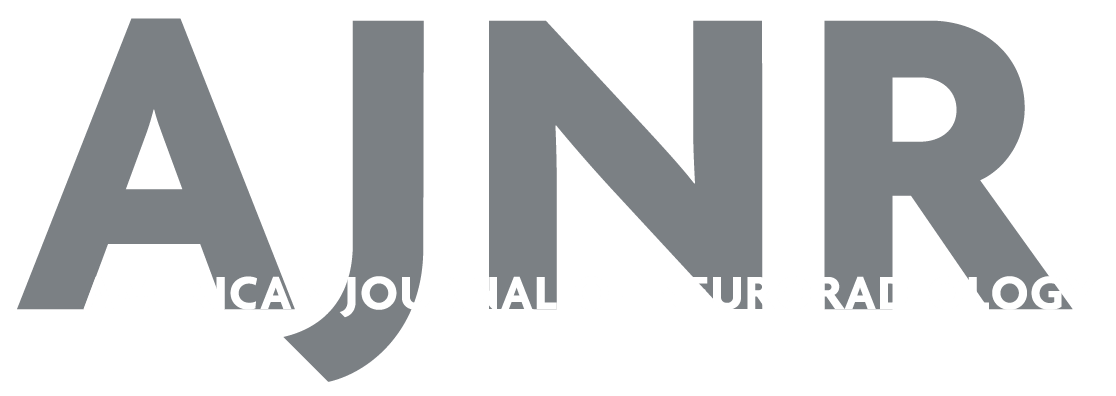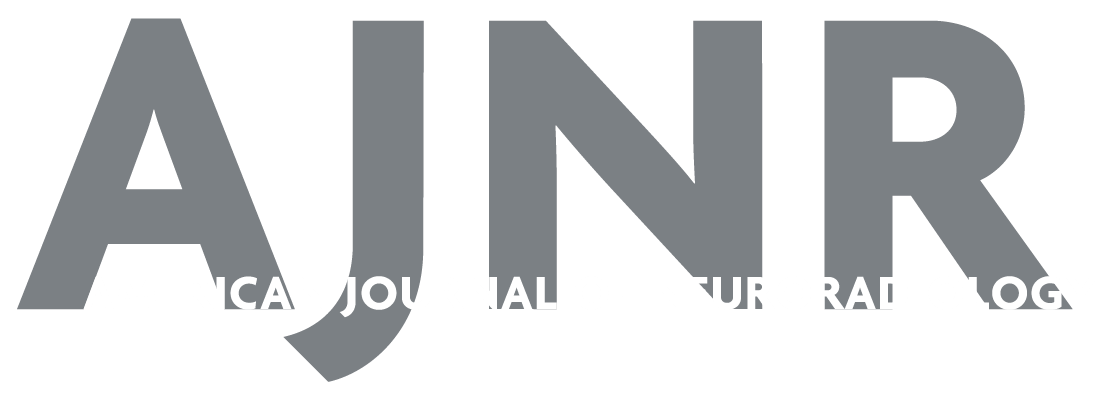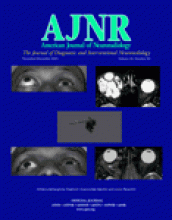Incidental findings on diagnostic imaging studies create inescapable responsibilities for the diagnostic radiologist. In the head and neck the most common is the discovery of incidental thyroid nodules. The problems generated are not trivial from either the patient’s point of view or that of the resulting general medical socioeconomic burden. Anywhere from 15% to 60% of the general population, depending mainly on the patient’s age, may have a thyroid nodule or nodules discovered on an imaging examination done for purposes other than looking at the thyroid gland. This most often occurs on CT and MR imaging examinations of the neck, but just as frequently nodules will appear on ultrasound if one happens to look. My first recollection of this trend is from the early days of high-resolution ultrasound in the late 1970s when George Leopold’s group at the University of California–San Diego looked at the thyroid incidentally during carotid studies. They confirmed with imaging what was already known from the pathologic literature about the very common incidence of thyroid masses in the general population. The issue has been around a long time. It is just increasingly “in our faces” now.
First and foremost, it is the absolute responsibility of the diagnostic radiologist, no matter what the intended purpose of the study, to search for and recognize such findings whenever the thyroid is included on an examination. This responsibility in part is how we justify our priority for reading films over other practitioners and, therefore, the claim for primary reimbursement for that interpretive service. There should be little argument about that primary responsibility to the patient. To deny this is to deny our trained professional status.
An audience member at a Radiological Society of North America 2004 scientific paper session, which primarily included reports on incidentally discovered thyroid nodules, humorously characterized the scope and perhaps related frustration level to recognizing these nodules. That well-known and highly respected head-and-neck radiologist suggested, as a partial solution, that the saturation pulses used to reduce upper aerodigestive tract motion artifacts on cervical spine MR imaging studies should be carefully positioned so as to make the thyroid region uninterpretable. This was an audience-pleasing suggestion but it was offered only in jest. Another attendee, in a somewhat more frustrated tone, suggested that we could essentially go the mall and discover a bunch of thyroid nodules with our imaging studies and then asked what would we accomplish. He was right! But that oblique argument does not alter our responsibilities to the patients and the referring physicians in dealing with these more legitimately discovered thyroid findings. However, this could be another source of referrals to needy doctors from the screening scanners parked at the malls.
We all see these incidental nodules every day in a more reasonable clinical context than at the shopping mall screening, and we know it creates a dilemma for referring clinicians concerning the risk of cancer in one of these nodules. The cancer risk is the main source of the frustration expressed in the previous paragraph. Some of the frustration comes from compassion for the patient; honestly speaking, however, much of it grows out of medical legal concerns. Most physicians understand that thyroid cancer usually has a “benign,” protracted clinical course, and likely millions of people all over the world will die of totally unrelated diseases or circumstances with thyroids untreated (and many other subclincial cancers). When such masses are discovered, we certainly can look for locally aggressive characteristics and metastatic nodes on the same imaging studies. These are rarely if ever definitive. We are still left with a nodule or several nodules with a significant risk of cancer, and the question remains of what to do to manage that risk with the least possible psychological and economic burden.
The risk of one of these thyroid nodules harboring cancer is probably 8%–10% in older adults (40 years or more). Somewhat surprisingly, younger patients have a greater risk of malignancy. Data supporting these and the following statements are available in the abstracts from the Radiological Society of North America 2004 scientific session (session 14–01, in which 3 papers on this subject were presented). In the papers presented in this session, traditional thinking that a multiplicity of nodules or some particular size criteria limit the risk of malignancy were shown not to be practically useful. One centimeter is the size generally accepted as that appropriate for thinking about some action (biopsy or removal), but cancers can be <1 cm. The only morphologic stratification that seems useful to safely avoid tissue sampling or continue utlrasound surveillance is a cystic component >75% at ultrasound. Radionuclide studies are essentially useless in the vast majority of patients because such studies are rarely definitive and they do not alter the therapy or the follow-up plan; furthermore, these studies add considerable cost.
So, what’s the plan? First, evaluate the thyroid whenever it is incidentally included on studies. Second, report any abnormal mass/nodule identified and characterize the changes as best as can be expected on that particular modality. Finally, take responsibility for directing the ordering clinician to an appropriate follow-up plan. Follow-up is mandatory for the protection of the patient and physician interests. So, what is an appropriate follow-up plan? This would seem to be up to the individual radiologist, treating physician, and patient. Our approach is to add the following statement whenever such masses are discovered:
“Multiple and/or solitary thyroid nodules are seen on routine CT and MRI examinations done for purposes other than evaluating the thyroid gland in about 15 to 60% of this otherwise unselected population. This incidence tends to increase with age. In general such incidental thyroid nodules should be evaluated and followed. The risk of malignancy is not, according to recent reports, affected in a predictable way by size of individual nodules or the number of nodules. The risk of malignancy in an individual nodule tends to be higher the younger the patient. For that reason baseline ultrasound is suggested to evaluate these incidental nodules. The need for evaluation beyond ultrasound for additional follow-up should be carried out based on the ultrasound characteristics of the nodule(s), the clinical situation and desires of the patient.”
You are welcome to use or modify this statement to suit your needs. Hopefully, this editorial will engender comments on how this frequently encouraged finding should be handled.
- Copyright © American Society of Neuroradiology












